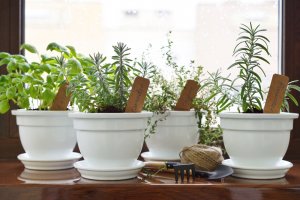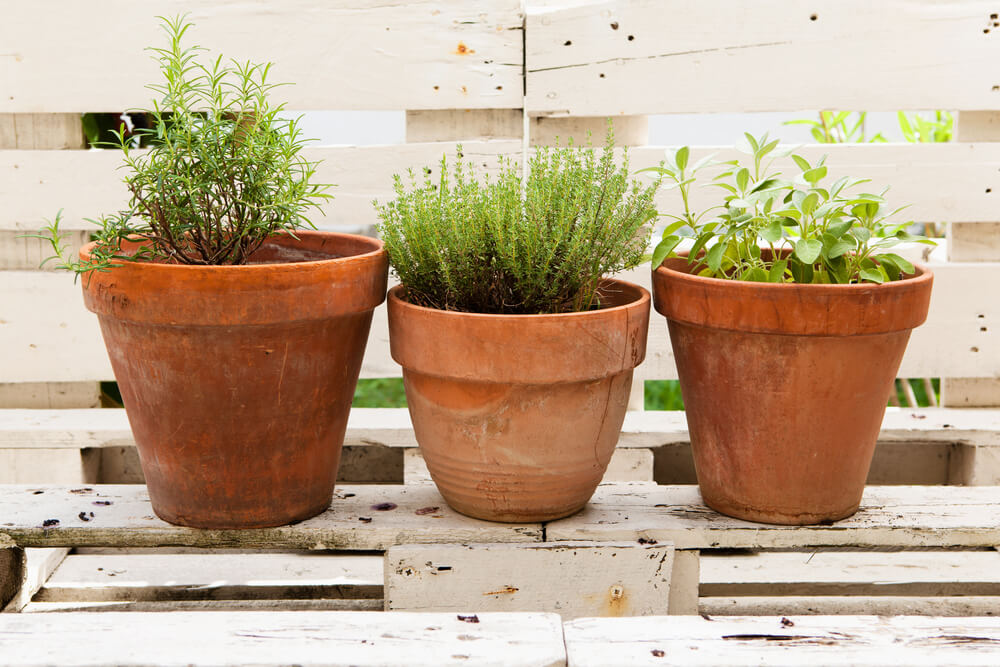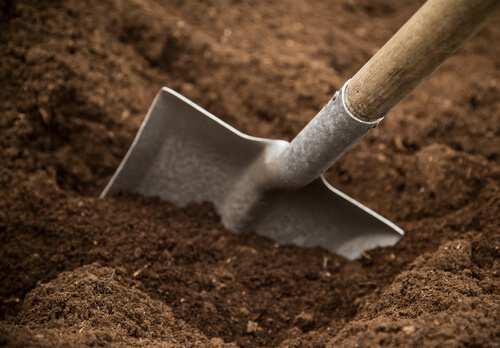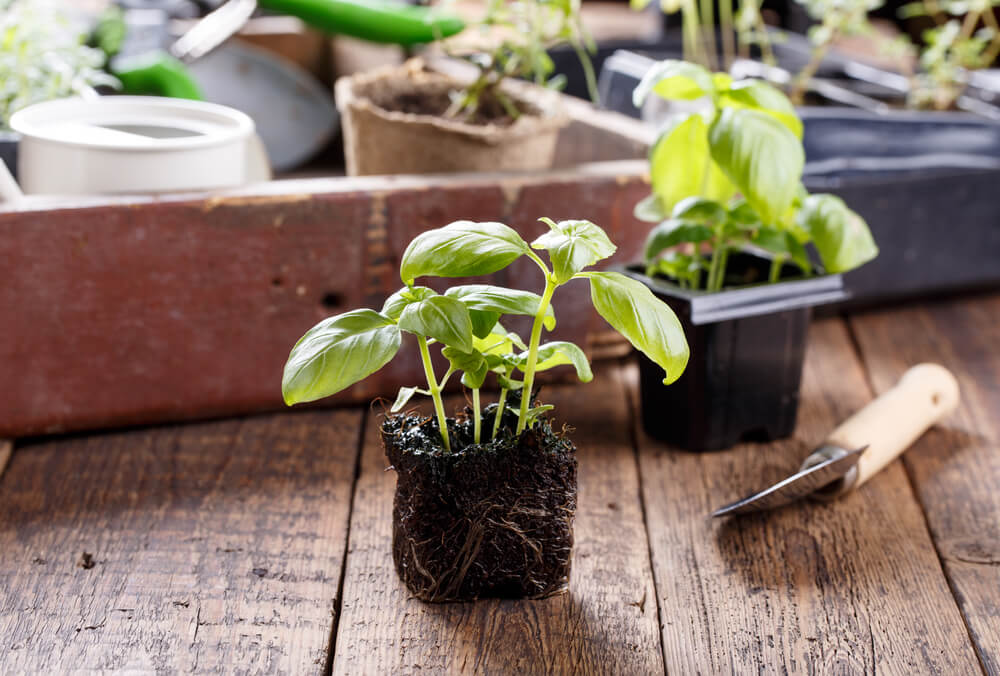Create Your Own Aromatic Garden

They’re wonderful for creating an ambiance in your home with their pleasant fragrances and unique beauty.
Plus, growing them doesn’t require a lot of space or money.
What is actually important is choosing the right spot for each plant in your garden because the color, texture and aroma of the plants will depend on it.
If you’re thinking about creating your own garden and cultivating your favorite herbs or aromatic plants, keep on reading, because we talk to tell you all you need to know before you start your own garden.
Choosing the right place

It’s very important to know how to choose the spot where we’ll grow our plants.
This space should be as far away as possible from pollution sources, such as streets or avenues full of traffic.
Also see: Learn to Make a Hanging Garden
Sun
Exposure to sunlight is vital for the growth of many plants. While some plants may need several hours a day of sunlight, others might only need shade.
If you’re planning an aromatic garden, you should choose a spot that’s right for each of the different plants that you have. That way, each one can receive just the right amount of sunlight or shade.
You can plant in any season of the year, but it’s best to avoid doing so on extremely hot days.
Wind
These types of plants are pretty resistant to strong climates, whether they’re hot or cold. However, they should always be protected from strong winds.
The space you choose for them should be a cool area where air can circulate, but it should also be free from strong drafts.
Choosing the right place will provide your garden with enough protection from both the wind and extreme cold.
Soil
Aromatic plants, in most cases, can live and flower normally in low-nutrient soil. However, the soil must have good drainage.
When you create your garden, you’ll need to aim for a depth of at least 25 cm for perfectly loose soil for your plants.
If the soil doesn’t have the nutrients that the plants need, you can use organic compost for the following types of soil.
1. Sandy soil

As this type of soil is very dry, it’s important to provide it with nutrients that help it conserve its moisture. You can use:
- Topsoil
- Turf
- Vermicompost
- Manure
2. Clay soil
Contrary to sandy soils, this type of soil contains too much water, which hinders plant growth and can sometimes even harm them.
- It’s important to use organic compost to help with drainage.
- You can use clean sand to balance out the clay texture. It’ll also help to let some air in the roots.
3. Mulch or padding
Creating this type of soil has a lot of benefits for plants.
Spread the mulch over the soil compost, gravel and pine chips just before planting.
This will help reduce the need for watering the plants because it conserves moisture and reduces the growth of weeds.
We recommend that you read: 7 Benefits of Having Plants at Home
When will the plants be ready?

You should harvest the aromatic plants at the right time, during the harvest window.
- The harvest window is the time period in which the plant has its greatest amount of essential oils, nutritive properties and strongest aroma.
- When you should harvest will depend on many factors such as the age of the plant and the time of the harvest.
Normally, each plant has it’s own harvest window in a certain month, which are shown below:
- March: capers.
- April: dandeloin.
- May: sorrel, chamomile, parsley.
- June: mallow, rosemary, sage, thyme, tarragon.
- July: bay leaves, basil, lavender, cumin, mint, oregano, mustard.
- August: onion, garlic, basil, cilantro, marjoram, parsley, celery.
- September: marigold, capers, dill.
- October: juniper, mallow.
- November: bay leaves.
All cited sources were thoroughly reviewed by our team to ensure their quality, reliability, currency, and validity. The bibliography of this article was considered reliable and of academic or scientific accuracy.
-
Aznar Márquez, Juana y Navarro Ríos, M. J. (2014). EL HUERTO URBANO ECOLÓGICO: ESTUDIO DE LA INICIATIVA DE LA UNIVERSIDAD MIGUEL HERNÁNDEZ (ELCHE, ESPAÑA). Actas Iberoamericanas ….
-
Hernandez, H. (2010). Pequeño manual de Plantas Medicinales. Huerto Medicinal, 1–80.
-
García-Nieto, L. P. (2000). Las plantas medicinales y aromáticas Una alternativa de futuro para el desarrollo rural. Boletín Económico de ICE, 29–40.
https://doi.org/10.1073/pnas.1414143111 -
Molins, F. P. (2012). Plantas aromaticas, medicinales y condimentarias ecológicas, un mercado con futuro. Ae, 9, 20–21.
This text is provided for informational purposes only and does not replace consultation with a professional. If in doubt, consult your specialist.








